Milwaukee 3622-20 Manual
Milwaukee
Laservandpas
3622-20
| Mærke: | Milwaukee |
| Kategori: | Laservandpas |
| Model: | 3622-20 |
Har du brug for hjælp?
Hvis du har brug for hjælp til Milwaukee 3622-20 stil et spørgsmål nedenfor, og andre brugere vil svare dig
Laservandpas Milwaukee Manualer
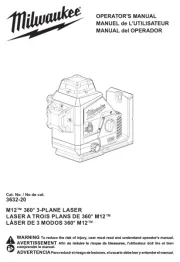
4 September 2025
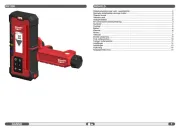
21 August 2025
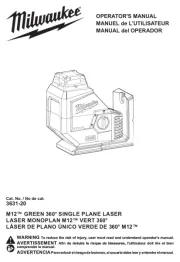
14 August 2025
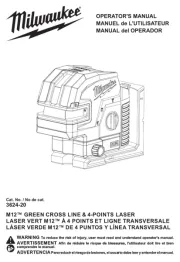
12 August 2025
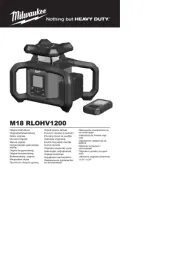
21 Juli 2025
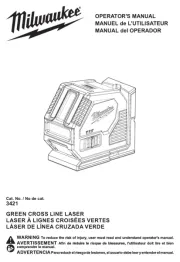
15 Juli 2025
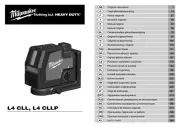
9 Juli 2025

6 Juli 2025
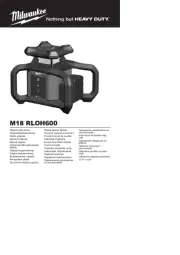
6 Juli 2025
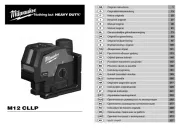
5 Juli 2025
Laservandpas Manualer
- Flex
- Brandson
- PLS
- Makita
- Klein Tools
- Trotec
- Leica
- Alpha Tools
- Neo
- Einhell
- Futech
- Hilti
- Stanley
- NEO Tools
- Toolcraft
Nyeste Laservandpas Manualer
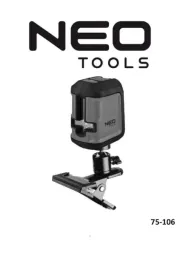
28 September 2025
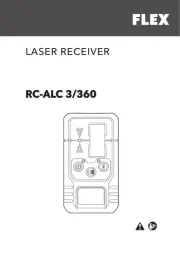
17 September 2025
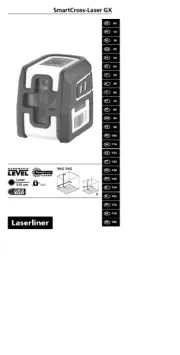
7 September 2025
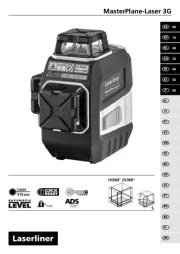
31 August 2025
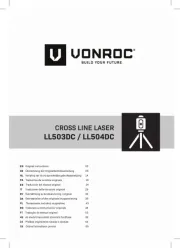
24 August 2025
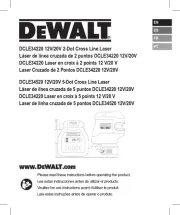
18 August 2025
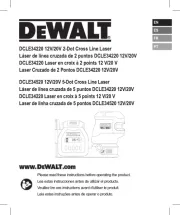
17 August 2025
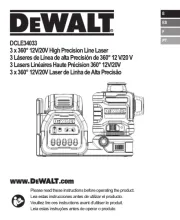
17 August 2025
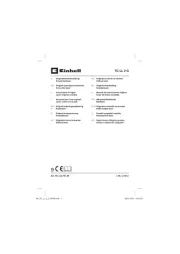
17 August 2025
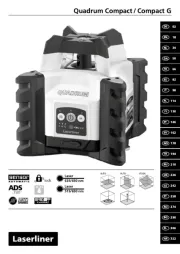
12 August 2025

